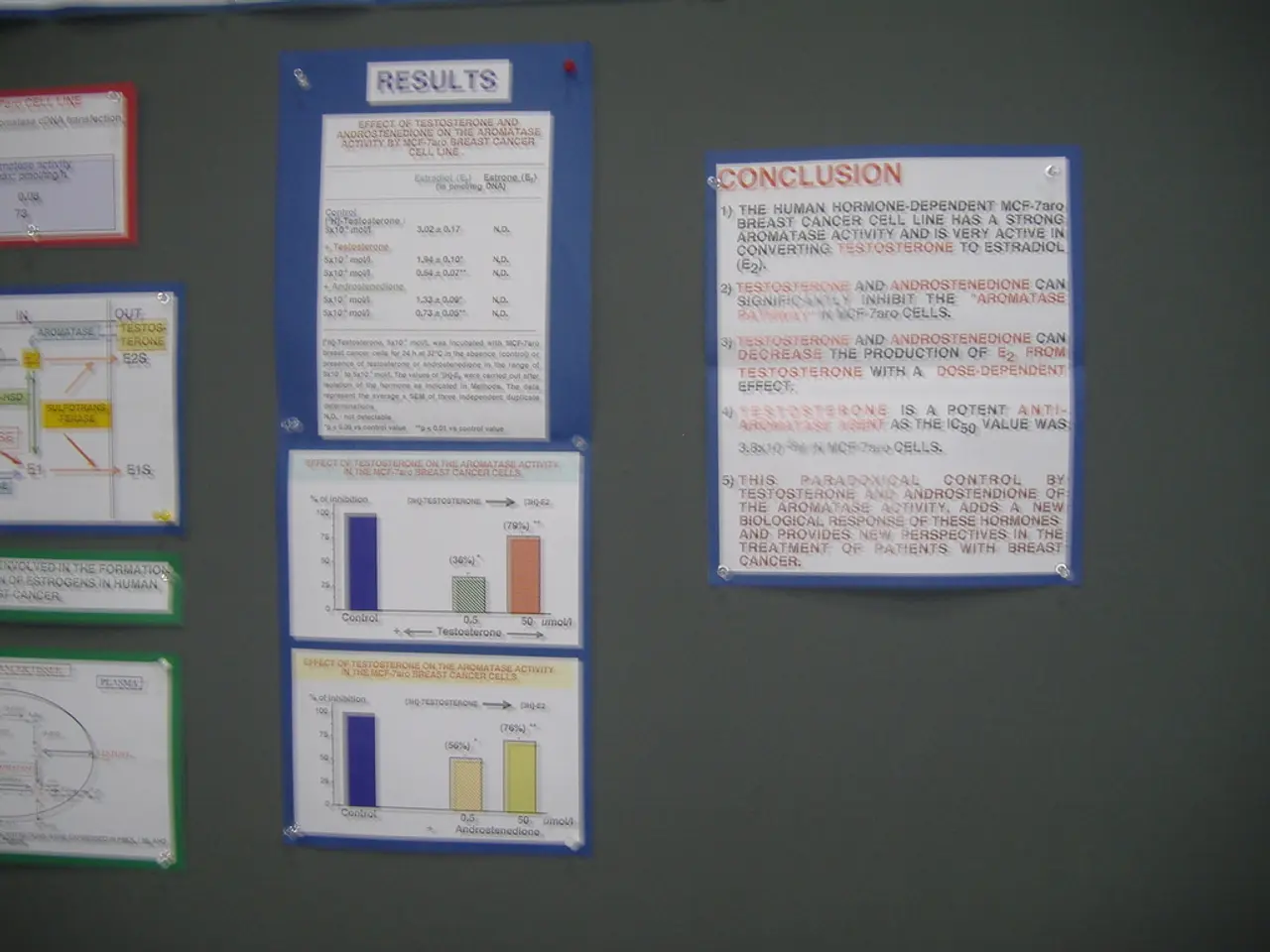Legislative Body Formed for National Governance
The Constituent Assembly of India, a historic gathering of political leaders and intellectuals, functioned from December 9, 1946, to November 26, 1949. During this period, the Assembly appointed 22 committees, both major and minor, to address various aspects of constitution-making.
The Assembly's primary task was to draft a constitution that would provide for a parliamentary system of government with a federal structure, and include provisions for fundamental rights, directive principles of state policy, and the separation of powers.
The Drafting Committee, chaired by Dr. B.R. Ambedkar, was pivotal in the process. Ambedkar, with his legal expertise and study of over 60 constitutions globally, led the committee of seven members. They submitted the draft constitution on February 21, 1948, which consisted of 315 articles, 18 parts, and 8 schedules.
After debates and amendments, the Constitution was adopted on November 26, 1949. The drafting process took approximately 2 years and 11 months, covering 166 days of meetings.
The Assembly also established several key committees, each with a specific function. For instance, the Advisory Committee on Fundamental Rights, Minorities, and Tribal Areas, chaired by Sardar Vallabhbhai Patel, was responsible for drafting provisions related to Fundamental Rights and minorities.
Other committees included the Union Powers Committee (chaired by Jawaharlal Nehru), Union Constitution Committee (also chaired by Nehru), Provincial Constitution Committee (chaired by Sardar Patel), and the Drafting Committee (chaired by Ambedkar).
The Constituent Assembly also addressed important matters such as the selection of the national flag, national anthem, and national song. The Assembly adopted the national flag on July 22, 1947, the national anthem on January 24, 1950, and the national song on the same day.
On January 24, 1950, the Constituent Assembly held its final session and elected Dr. Rajendra Prasad as the first President of India. The Indian Constitution came into effect on January 26, 1950, marking the birth of the world's longest written constitution of any sovereign country.
The Constitution establishes the Union of India as a union of states, with each state having its own constitution. It also provides for an independent judiciary, with the Supreme Court of India as the apex court.
H.V.R. Iyengar served as Secretary of the Constituent Assembly, while Sir B.N. Rau served as the constitutional advisor (Legal advisor) to the Assembly. The Assembly had a total strength of 389 members: 296 from British India and 93 from princely states.
The Constituent Assembly ratified India's membership of the Commonwealth in May 1949. Sachchidananda Sinha, the oldest member, was elected as the temporary President, following the French practice. Prem Behari Narain Raizada was the calligrapher of the Indian Constitution.
The Constituent Assembly was constituted in November 1946 under the scheme formulated by the Cabinet Mission Plan. N. Roy, a pioneer of the communist movement in India, first proposed the idea of a Constituent Assembly for India. The Indian Constitution includes the Preamble, which states that India is a Sovereign, Socialist, Secular, Democratic, Republic.
This structured committee system helped address diverse and complex issues, culminating in the sophisticated and comprehensive Constitution of India.
The Constituent Assembly of India, while debating and amending the drafted constitution, discussed and established various policies-and-legislation related to fundamental rights, minorities, and specific functions of committees, showcasing the intersection of politics and the creation of the constitution.
The drafting, adoption, and implementation of the Indian Constitution, including matters such as the selection of the national flag, national anthem, national song, and the establishment of an independent judiciary, remain significant parts of general-news and continue to shape the nation's political landscape.






